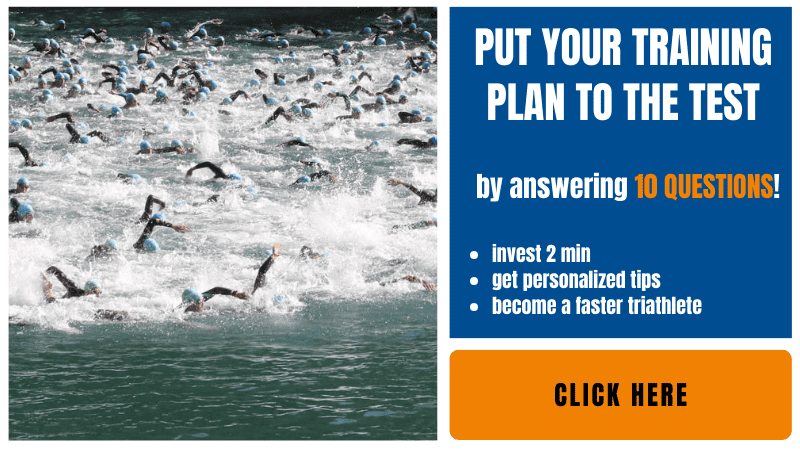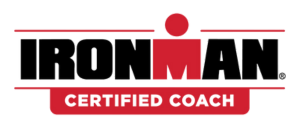I started triathlon using my mountain bike and naturally spent my first winter training with it. The bike trainer was worth more than my bike, so I’ve never worried if it would actually damage it. Once I bought a carbon road bike, it was, however, the first question I asked myself 🙂
Here are my 8 tips that will help you reduce the damage to your bike.
Disclaimer: The Triathlon Tips of My Tri World are reader-supported. When you buy through links, I may earn an affiliate commission.
1. RELEASE THE TENSION AFTER EACH USE (FOR WHEEL-ON TRAINERS)
The tension required to make your trainer work (between your tire and the trainer) might lead to an uneven tire if kept for a long period of time. To avoid it, simply release the tension a couple of turns after each ride.
2. INVEST IN A SPECIFIC INDOOR TIRE
To avoid destroying your race tire and reduce the noise your set up is making, I can’t recommend enough to invest in a specific indoor tire (or two if you are using rollers). A couple of brands exist. I personally used the below Tacx Trainer Tire (Amazon affiliate link) and was really happy with it. They have one dimension specific to mountain bikes and one for road bikes.
3. ROTATE YOUR FRONT WHEEL REGULARLY
As for your back wheel, you should also turn regularly your front wheel to avoid an uneven tire and uneven tire spokes tension. Obviously, don’t make a full turn 😀
It is worth checking your front tire pressure as well from time to time.
4. USE THE MANUFACTURER SKEWER
I have always used the skewer which came with the trainer and never really thought about it. In most cases, it is simply the skewer’s end, which is modified to fit in the specific trainer clamp.
What I learned recently is that not using it might void the warranty of your bike!
Canyon confirmed that putting its bikes on a trainer will not void its warranty if using the manufacturer’s accessories (=skewer). If that’s not a good enough reason to use it 😉 The other conditions that you can find on their website are to use one of their listed bikes and clamp the trainer on the bike rear axle.
5. INSTALL YOUR BIKE CORRECTLY ON THE TRAINER
It might be tempting to throw the notice away before installing the trainer. Spending 5 min to read it is worth it. In most cases, you will anyway need to go back to it for some specific settings 🙂
Ensure your tires are at the recommended pressure and that your bike is standing straight and in the middle of the trainer.
6. USE FAN(S)
The salt in your sweat will cause corrosion on your bike’s components, especially on the handlebar. You should definitely invest in a good fan or two to reduce the amount of sweat produced and have good airflow in the room.
Once your indoor season is close to an end, it is a good idea to replace your bar tape. On one side, it will give your bike a new look, and you will also be able to spot if some salt went through the tape, which can be extremely dangerous.
7. PROTECT YOUR BIKE
For minimizing the amount of sweat touching your bike and risking to destroy some of its components, you should:
- invest in a sweat cover to protect the frame: it is simply a piece of tissue you attach to your handlebar and saddle.
- place a towel above your front wheel and/or on your handlebar
- clean regularly your bike
8. BE CAUTIOUS ONCE YOU FINISH YOUR TRAINING
Except for rollers, the risk of falling when riding indoors is quite low. From my experience, the most dangerous part is actually once the race or the latest interval is done. We are often so relieved that simple steps can become pretty dangerous. It happened to me several times that the straps of my bib shorts got stuck on my saddle when dismounting. I got really close to falling on the floor with my bike.
You should definitely be cautious about dismounting your bike, and even more, if you have a rocker plate.
With the right set up and an appropriate amount of maintenance, indoor biking will not harm your bike but will make you a faster cyclist.



